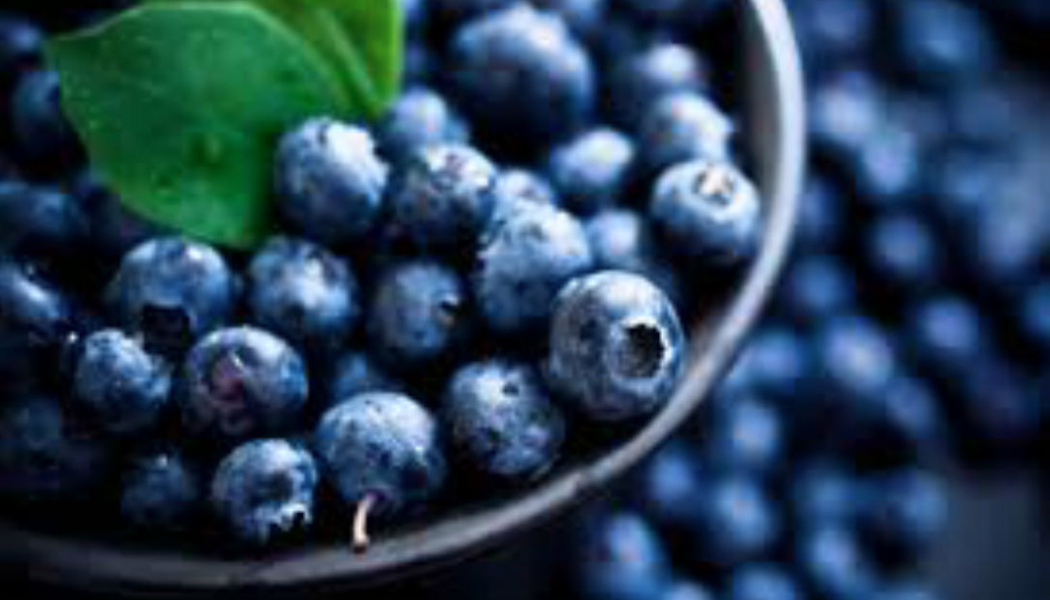Pitta Dosha
Hey Pitta – Chill Out.
Ayurveda recognizes that each human being is born with a unique balance and that this natural balance is responsible for physical, mental, and emotional well-being. By recognizing and maintaining this unique balance, Ayurveda provides simple guidelines to help each person create his or her own state of ideal health. For now, we will discuss the fiery nature of Pitta. Hey Pitta – “Chill Out.” The first thing which comes to mind when thinking of pitta is the brilliant blaze of fire. The primary function of pitta is transformation and controls digestion, metabolism, and energy production. The fire aspect makes pitta types bright, illuminating, fiery and even hot-tempered. A Dose Of Loving Compassion One of the best ways to pacify the fiery and hot-tempered nat...
Is Bitter Better for Pacifying Pitta?
Is Bitter Better for Pacifying Pitta? “I read online that for pitta people, particularly in the summer time, in order to keep things cool, bitter things are good. So I ordered a bitter ghee preparation called “pancha tikta ghritam” and I started using it on an empty stomach first thing in the morning. I immediately developed nausea and felt like I had a hangover. It felt like instead of pacifying my pitta, it aggravated it? Can you please address this? If ayurvedic texts and experts say that bitter is good for pitta then why did it not help me? Also, how should I take care of my pitta in the summer? I read your article on cooling pitta in the summer and it gave a different approach. You were recommending sweet things like rose petal preserve. Is the sweet taste enough for pacifying pitta i...
PITTA ~ 5 Sub-Doshas
Pitta = Fire +Water 1. Pachaka Pitta: The fire which digests things. It is located in the small intestine, governs the power of digestion, absorption and assimilation, and it’s the basis and support of all other forms of pitta. Pachaka pitta is often the first consideration in the management of pitta related conditions and is considered to be our primary source of heat as the digestive fire. 2. Ranjaka Pitta: The fire that imparts color. It is located in the liver, spleen, stomach and small intestine, and gives color to the blood, bile and stool. It primarily resides in the blood and is involved in most liver disorders. Ranjaka pitta is also involved in the creation of red blood cells (RBC), so a dysfunction of Ranjaka may cause anemia. 3. Sadhaka Pitta The fire that determines what ...
Pitta ~ Basic Management
THE BASICS FOR MANAGING PITTA TYPES: The very first thing which should come to mind when thinking of pitta is the brilliant blaze of fire. Pitta types are hot, fiery, oily, and intense. Therefore, management for pitta types is centered around: Cooling Calming and Moderation HEALTHY DOSE OF LOVING COMPASSION: Since pitta types also have an inflammatory component, which is inherent to the element of fire, make sure to address pitta types with an extra dose of loving compassion. TASTES TO PACIFY PITTA: Ayurveda describes an interesting relationship of taste and its influence upon the body. According to this philosophy, pitta types often are most balanced by sweet, bitter and astringent tastes as these are considered to be cooling and pacifying. PITTA IN A NUTSHELL: intense, acidity, irritabil...







